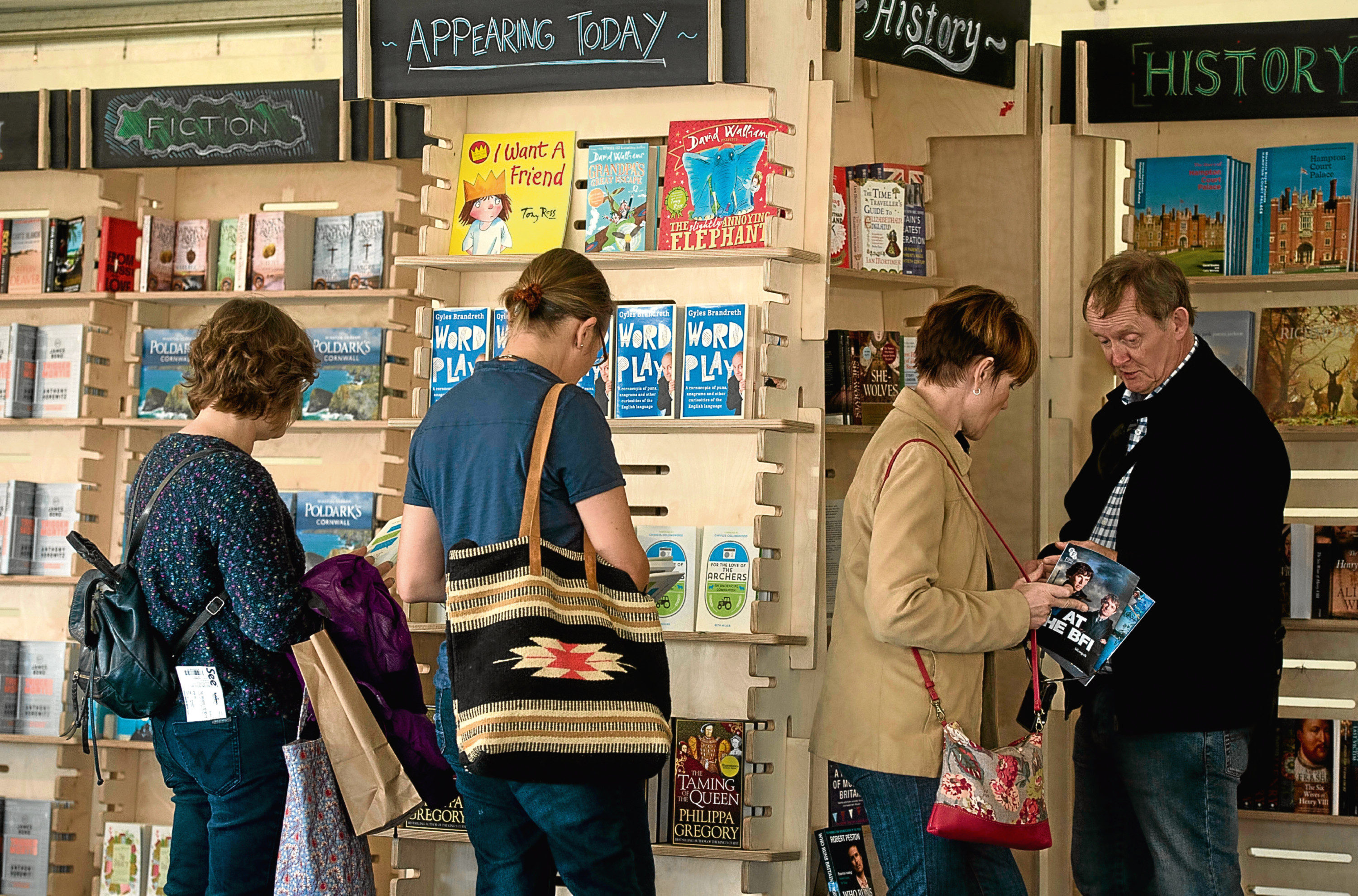
GREAT NEWS. In our sometimes crazy, mixed-up world it’s good to know that readers are shunning their screens in favour of real books.
A report from the Publishers Association last week showed that electronic book sales have slumped by 17%, while print’s popularity has soared by 8%.
The sale of children’s books in the UK rose by 16% to a staggering £365m.
This is a very hopeful sign for our tech-savvy generation.
While gadgets are useful and play an important part in our day-to-day lives, I believe books are different.
There’s nothing I enjoy more than wandering among the stacks in my local book shop, picking a paperback up at random, reading the blurb on the cover, dipping inside to read a few lines and then deciding whether to buy it or not.
For me, that’s every bit as exciting as choosing a new pair of shoes.
If one of my favourite authors has a new book out, it brightens my day. I enjoy the whole process of choosing between a writer I feel confident about or taking a risk with someone new.
Holding the book in your hand and browsing through the text is all part of the experience.
Bookshops are sensual places. The smell of hundreds of books is like perfume to me. I love the whole process of taking my selected book to the till, sharing some comments with the bookseller, paying for it and taking my treasure home. You just don’t get the same buzz from an e-book.
The only positive benefit I can see is for holidays, as you don’t need to load your suitcase down with fat books. Lying on a beach, reading an e-book is simple and easy.
But you can’t turn down the page at the end of a chapter.
And you can’t swap favourite books with your family or friends. I’ve had some great page-turners “passed on” by people who know the kind of books I like.
I love the fact that bookshops are friendlier than they’ve ever been. They’re a great place to meet for coffee and cake.
With my own books, I underline favourite passages. I re-read them. I give some away to charity shops and some will live with me forever. They’re part of the furniture.
My copy of Enid Blyton’s Famous Five on Treasure Island, faded and shabby with 2/6d printed on the cover, is dusted down on a regular basis.
It’s fabulous that children, despite their iPhones and electronic gadgetry, love real books, as shown by the increased sales.
What can beat holding your first Mr Men or Dr Seuss book in your hands? Learning to read the words for yourself and that thrill when they make sense?
Books shaped my world as a child – and I love to see children today getting the same thrill from the printed page. It’s the most satisfying and lasting pleasure.
You are never alone if you’re a reader. A good book gets you through tough times, whether it’s a stay in hospital or a delayed journey.
And a “real” book, held in your hand with well-thumbed pages, is a friend for life.

Enjoy the convenience of having The Sunday Post delivered as a digital ePaper straight to your smartphone, tablet or computer.
Subscribe for only £5.49 a month and enjoy all the benefits of the printed paper as a digital replica.
Subscribe